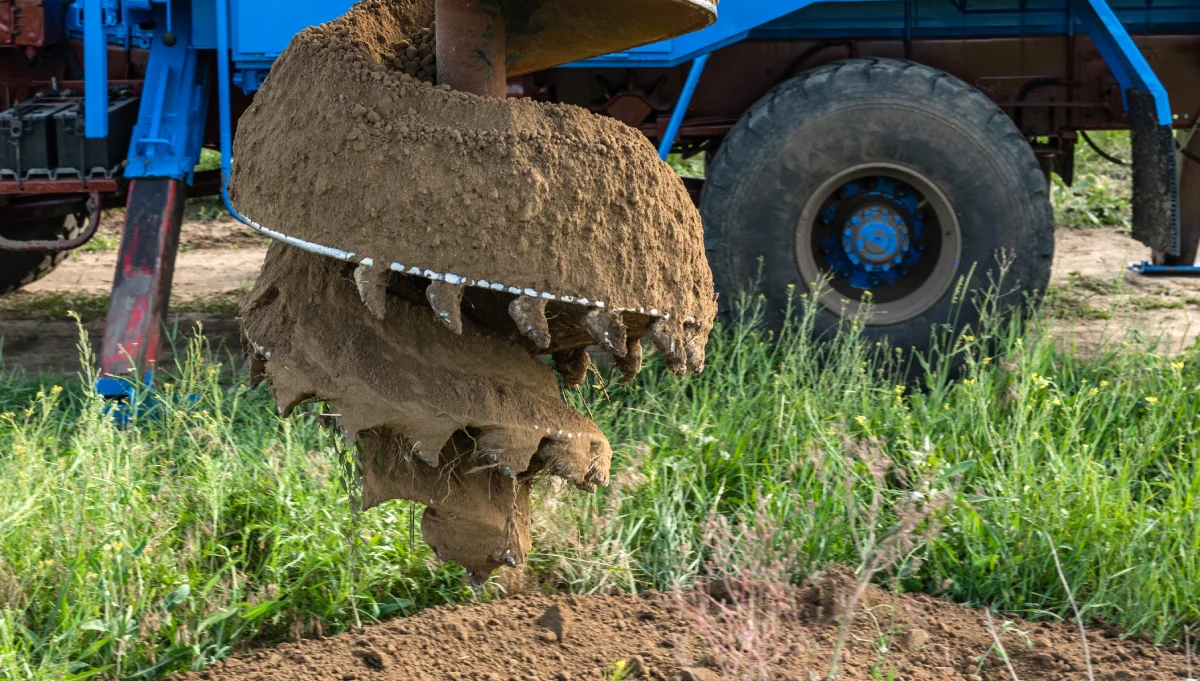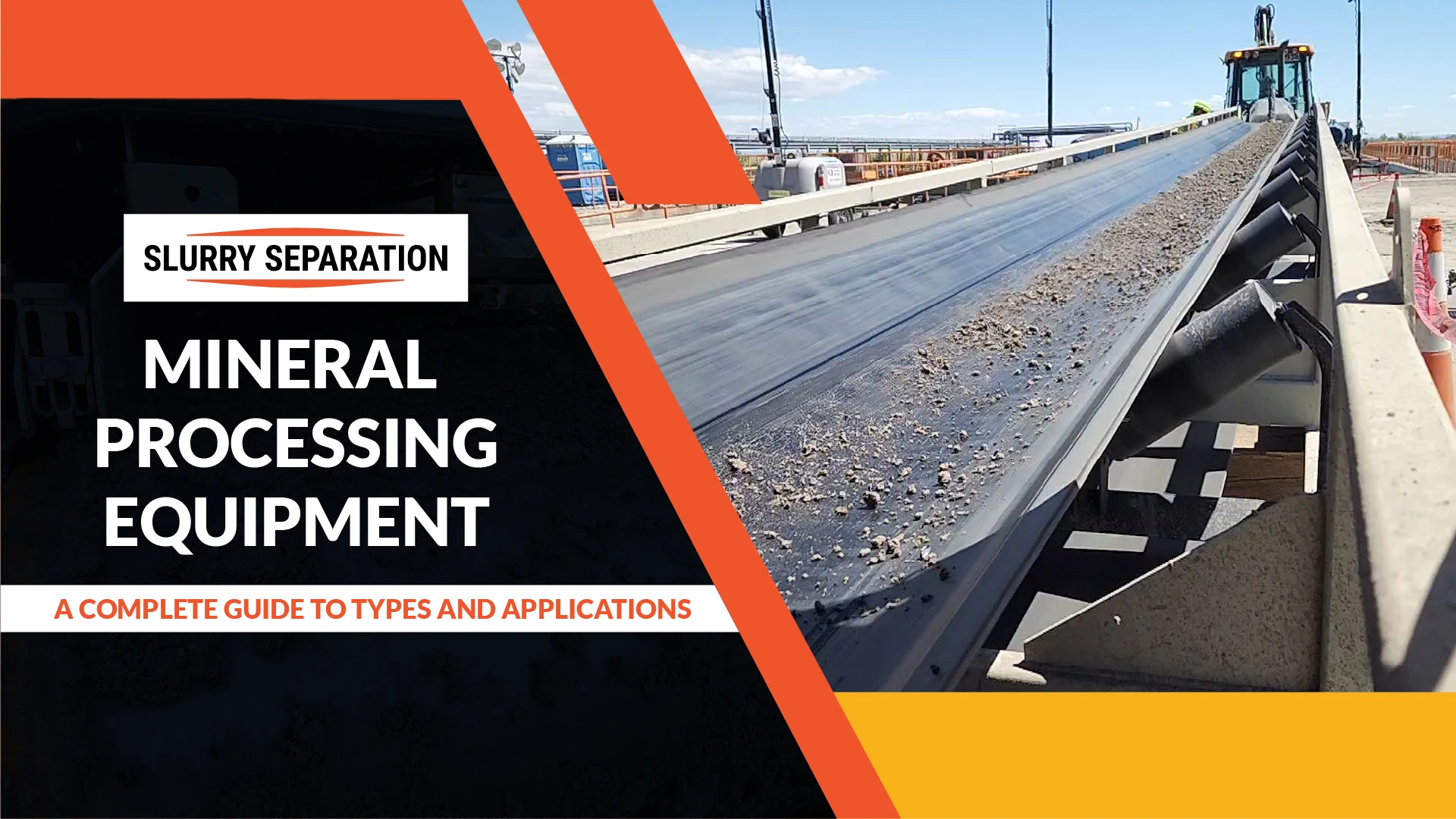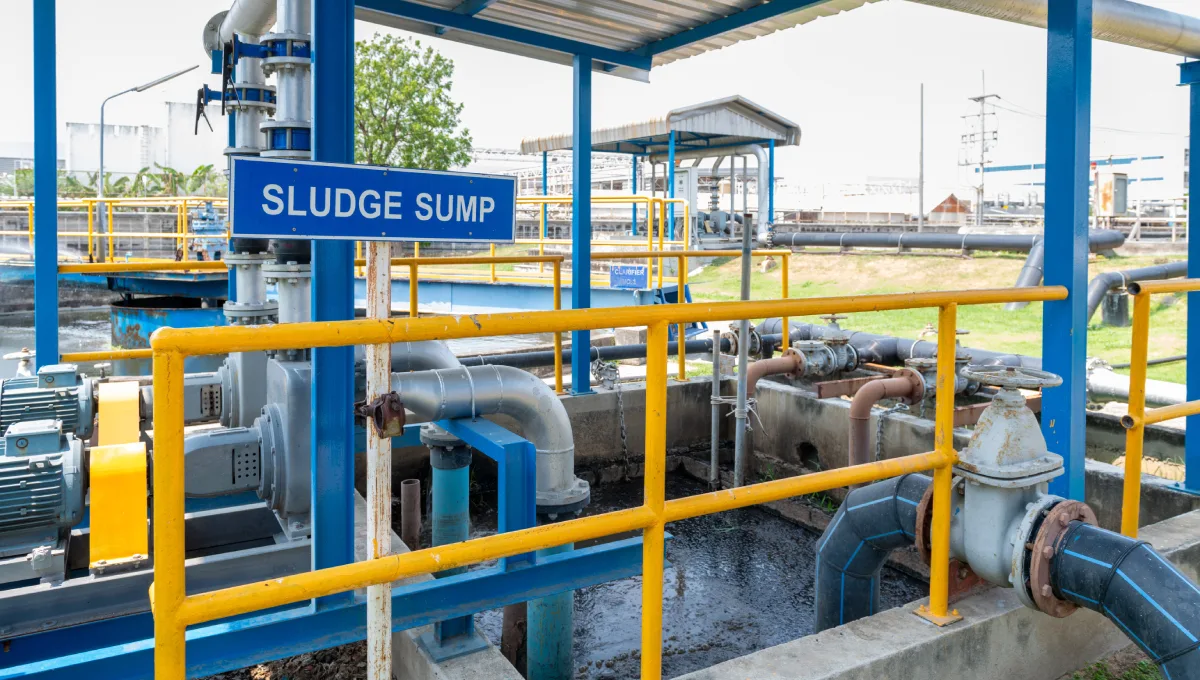While slurry separators, also known as shale shakers are commonly associated with oil and gas drilling operations, their versatility extends far beyond this specific sector. Across various industries, slurry separators are employed for efficient solids control and slurry separation processes. This article explores unique case studies where shale shakers are utilized for slurry separation in non-oil and gas contexts, showcasing their significance in diverse industrial applications.
1. Construction and Tunneling Projects
Shale shakers play a crucial role in managing slurry generated during excavation and tunnel boring activities in the construction and tunneling sector. One notable case is the Crossrail project in London, UK, where slurry separators were utilized to separate excavated spoil from the slurry. By employing shale shakers at the slurry treatment plant, the project achieved efficient solids control, minimized waste generation, and facilitated environmentally responsible disposal of excavated material.
2. Environmental Remediation Sites
At environmental remediation sites, slurry separators are employed to separate and treat contaminated soil and groundwater. In a recent remediation project in Louisiana, shale shakers separated solid contaminants from groundwater at a former industrial site. By deploying shale shakers equipped with fine mesh screens, the project successfully removed suspended solids, heavy metals, and organic pollutants from the groundwater, contributing to site cleanup and environmental restoration efforts.
3. Aggregate Processing Facilities
Aggregate processing facilities utilize slurry separators for slurry separation in the production of construction materials such as sand, gravel, and crushed stone. At a large-scale aggregate processing plant in Europe, shale shakers are integral to the sand washing process. By separating fine particles and debris from the sand slurry, shale shakers ensure high-quality sand production for use in concrete, asphalt, and construction applications, enhancing product consistency and the company’s market competitiveness.
4. Industrial Wastewater Treatment Plants
Industrial wastewater treatment plants rely on slurry separators for solids removal and slurry dewatering in the treatment of process wastewater. In some chemical manufacturing facilities, shale shakers are utilized for the pretreatment of wastewater containing suspended solids and contaminants. By incorporating shale shakers into the treatment process, the facility achieves efficient solids separation, reduces suspended solids loading on downstream treatment units, and improves overall wastewater treatment efficiency.
5. Food and Beverage Processing
In the food and beverage industry, slurry separators find applications in the separation and clarification of liquid food products and process streams. One notable case is a fruit juice processing plant in South America, where shale shakers are utilized for pulp separation during juice extraction. By subjecting fruit pulp slurries to shale shaker screening, the plant achieves effective removal of pulp fibers and solids, producing clear juice with enhanced quality and market appeal.
6. Municipal Wastewater Treatment Facilities
Municipal wastewater treatment facilities utilize shale shakers for preliminary solids removal and slurry dewatering in sewage treatment processes. Typically, shale shakers are deployed for grit and screenings removal from raw sewage influent. By separating coarse solids and debris from the influent stream, shale shakers protect downstream treatment equipment from damage and improve overall treatment plant performance.
7. Paper and Pulp Industry
The paper and pulp industry employs shale shakers for slurry separation in the production of paper pulp from wood fiber. In a pulp mill in North America, shale shakers are utilized to remove bark, chips, and other contaminants from the pulp slurry. By incorporating shale shakers into the pulping process, the mill achieves efficient solids removal, improves pulp quality, and reduces fiber loss, enhancing overall production efficiency and product consistency.
Shale Shakers: Not Just For Oil Drilling
The diverse case studies highlighted above demonstrate the wide-ranging applications of shale shakers in slurry separation across various industries beyond oil and gas. From construction and environmental remediation to aggregate processing, wastewater treatment, food processing, and pulp and paper manufacturing, shale shakers play critical roles in solids control, slurry management, and process optimization. As industries continue to prioritize efficiency, sustainability, and environmental responsibility, the demand for shale shakers in non-oil and gas applications is expected to grow, further showcasing their versatility and importance in industrial operations.




